
Table of Contents
- Phase 1: Strategic Planning and Foundation
- Phase 2: Design for Conversion
- Phase 3: Essential E-commerce Functionality
- Phase 4: Performance and Technical Optimization
- Phase 5: Conversion Rate Optimization (CRO)
- Phase 6: Launch and Post-Launch Optimization
- Common Pitfalls to Avoid
- Measuring Success: Key Metrics and Benchmarks
- The Future of E-commerce Development
- Ready to Build Your High-Converting E-commerce Website?
After helping lots of businesses launch successful online stores in the past years, I’ve learned that building a high-converting e-commerce website isn’t just about making something that looks good—it’s about creating a digital experience that turns visitors into loyal customers.
The e-commerce landscape has evolved dramatically. With global e-commerce sales projected to reach $7.9 trillion by 2027, according to recent emarketer research, the competition for online shoppers’ attention has never been fiercer. Yet many businesses still approach e-commerce website development with outdated strategies that cost them thousands in lost revenue.
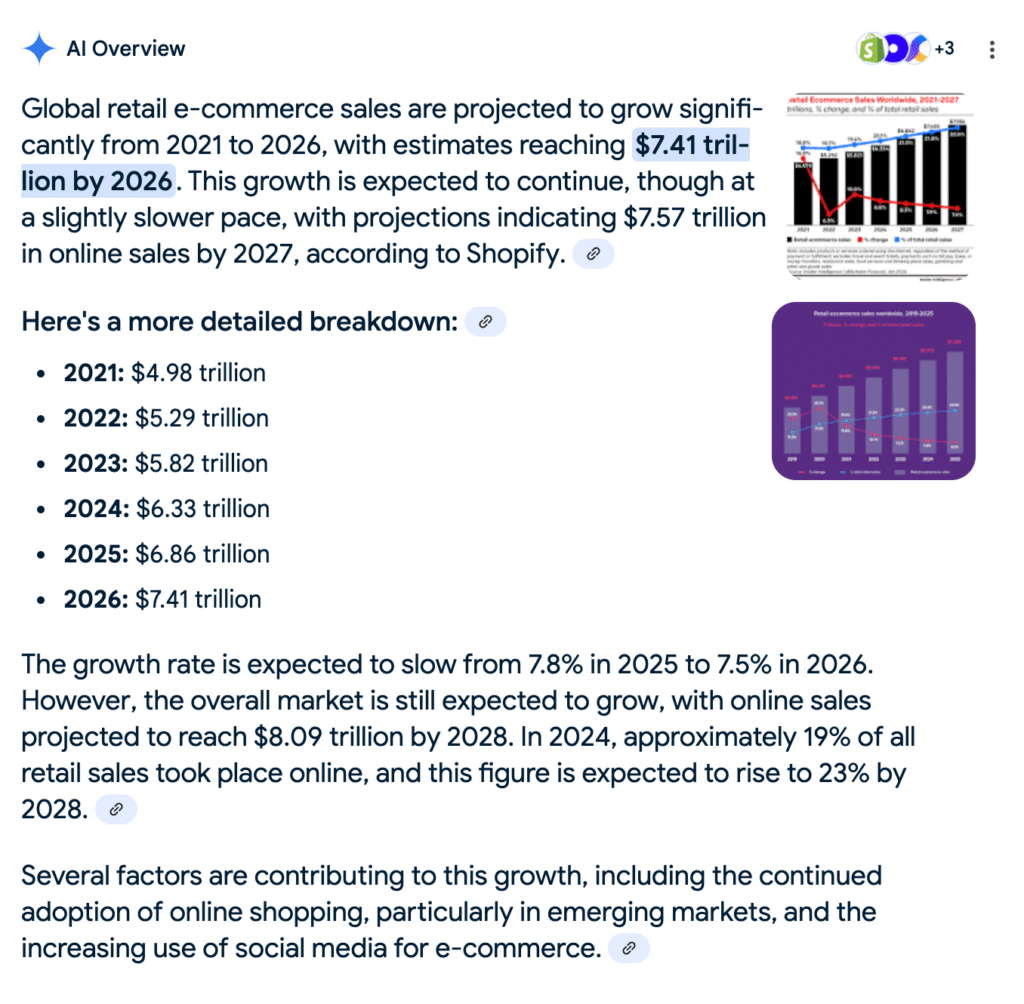
In this comprehensive guide, I’ll walk you through the essential elements that separate high-converting e-commerce websites from the 70% that fail to meet their sales goals. Whether you’re launching your first online store or revamping an existing one, these proven strategies will help you build a website that not only attracts visitors but converts them into paying customers.
Phase 1: Strategic Planning and Foundation
Understanding Your E-commerce Essentials
Before writing a single line of code or choosing a color scheme, successful e-commerce website development begins with a solid strategic foundation. I’ve seen too many businesses rush into development without proper planning, only to realize they’ve built the wrong solution for their audience.

Market Research and Competitor Analysis
Start by analyzing your top 5 competitors’ websites. What features do they offer? How is their checkout process structured? What pain points do their customers mention in reviews? Tools like SEMrush and Ahrefs can provide valuable insights into their traffic sources and popular pages.
For a deeper dive into competitive analysis strategies, check out our comprehensive guide on competitor website analysis for e-commerce businesses.
Defining Your Unique Value Proposition
Your website needs to clearly communicate why customers should choose you over competitors within the first 10 seconds of their visit. According to Nielsen Norman Group research, users form first impressions of websites in as little as 50 milliseconds.
Target Audience Personas
Create detailed buyer personas that include:
- Demographics and psychographics
- Shopping behaviors and preferences
- Pain points and motivations
- Preferred communication channels
- Device usage patterns
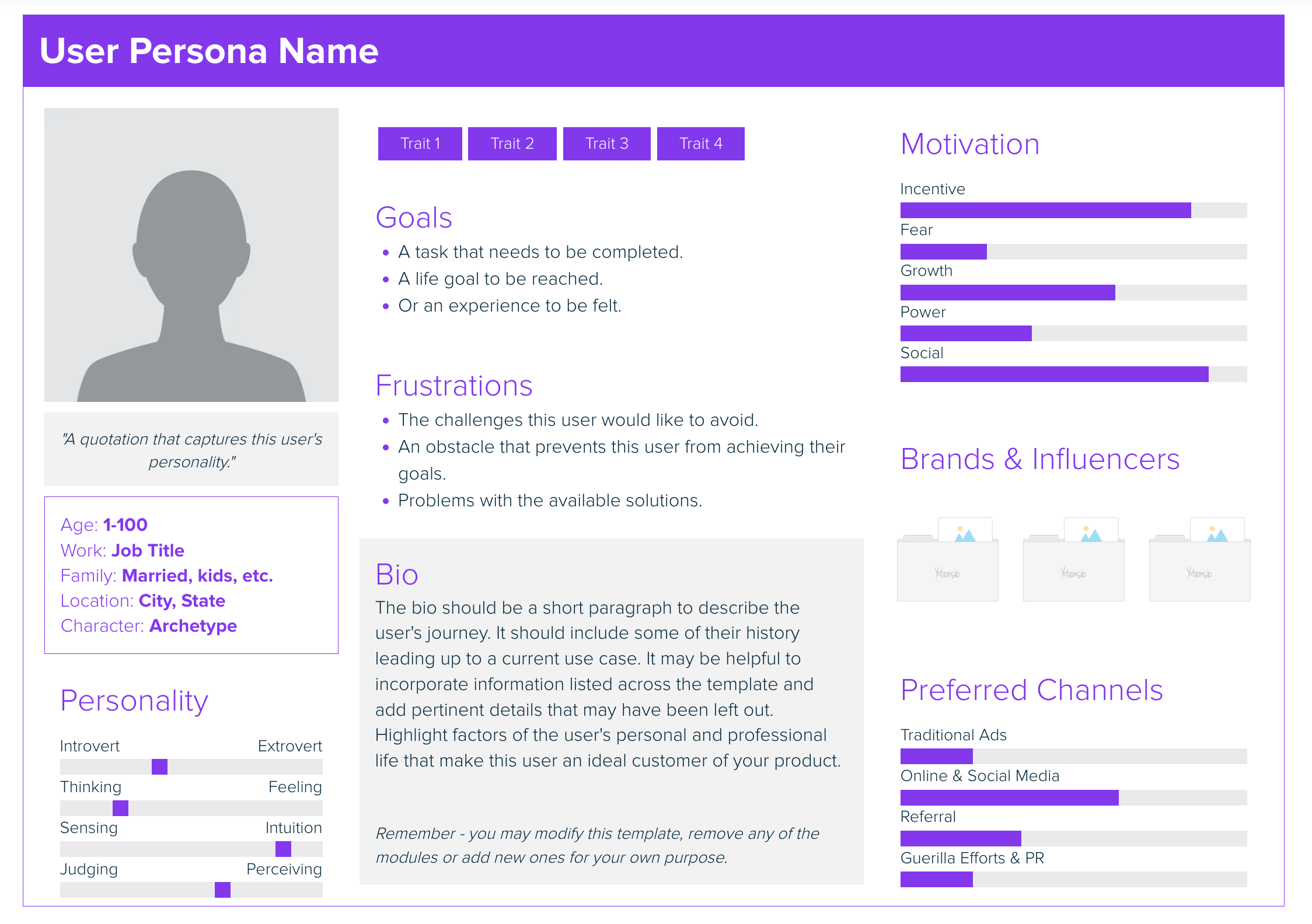
Learn more about creating effective buyer personas in our detailed guide: How to Create Customer Personas That Drive E-commerce Sales.
Technical Architecture Planning
| Planning Element | Key Considerations | Impact on Conversion |
|---|---|---|
| Platform Selection | Scalability, customization, cost | High – affects all future capabilities |
| Hosting Requirements | Speed, reliability, security | Critical – affects user experience |
| Payment Integration | Security, variety, fees | Critical – affects checkout completion |
| Mobile Responsiveness | User experience, SEO ranking | High – 60%+ of traffic is mobile |
| Security Protocols | SSL, PCI compliance, data protection | Essential – builds trust |
Phase 2: Design for Conversion
User Experience (UX) Principles
The most visually stunning website means nothing if users can’t easily find what they’re looking for. After analyzing hundreds of e-commerce sites, I’ve identified the core UX principles that drive conversions:
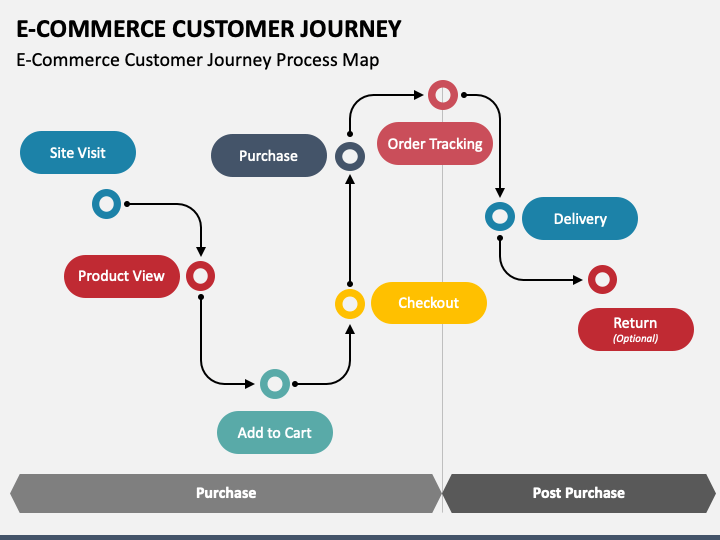
Navigation Architecture
Your website’s navigation should follow the “three-click rule”—users should be able to find any product within three clicks from the homepage. Implement:
- Clear category hierarchies
- Intuitive mega menus for large inventories
- Prominent search functionality
- Breadcrumb navigation
- Filter and sort options
Visual Hierarchy and Psychology
Every page should guide users toward your primary conversion goal through strategic use of:
- Color psychology (red for urgency, green for security)
- Typography hierarchy (headlines, subheadings, body text)
- White space to reduce cognitive load
- Strategic placement of call-to-action buttons

For more insights on conversion-focused design principles, read in-depth article on Medium.com: Psychology-Driven Web Design: Converting Visitors Through Visual Elements.
Mobile-First Design Approach
With mobile commerce accounting for 73% of total e-commerce sales, designing for mobile devices isn’t optional—it’s essential. Key mobile optimization strategies include:
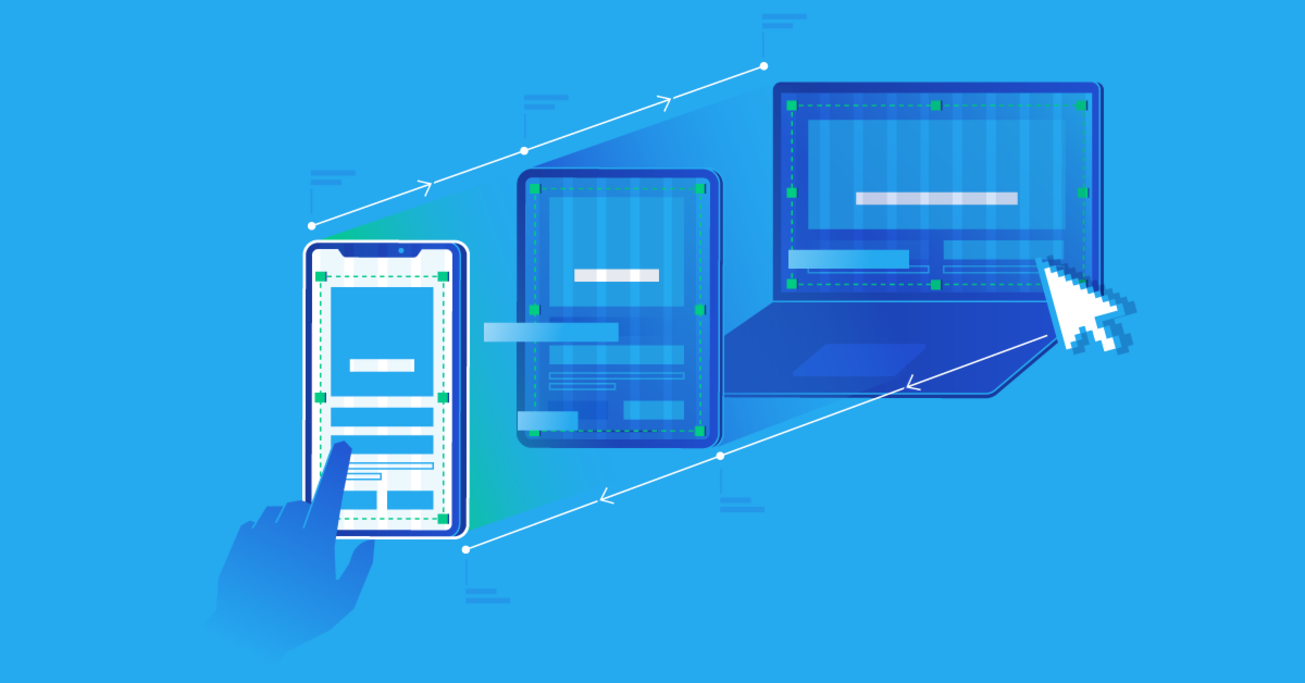
Touch-Friendly Interface Design
- Minimum 44px touch targets
- Simplified navigation menus
- Swipe-enabled product galleries
- One-handed browsing capabilities
Progressive Web App (PWA) Features Consider implementing PWA functionality to provide app-like experiences without requiring app store downloads. This can increase mobile conversion rates by up to 36%.
Discover more about mobile optimization guide by Google: Optimize your website for mobile
Phase 3: Essential E-commerce Functionality
Product Catalog Optimization
Your product pages are your digital salespeople. They need to convince visitors to make purchases without the benefit of physical interaction with products.

High-Quality Product Imagery
- Multiple angles and zoom functionality
- Lifestyle and context photos
- 360-degree product views where applicable
- Consistent lighting and background styles
Compelling Product Descriptions Effective product descriptions should:
- Focus on benefits, not just features
- Address common customer questions
- Include relevant keywords naturally
- Use scannable formatting (bullet points, short paragraphs)
- Incorporate social proof and reviews
Here is the best article on Beautiful Product Photography by turbologo blog.
Shopping Cart and Checkout Optimization
Cart abandonment rates average 70.19% across all industries, according to Baymard Institute research. Here’s how to minimize abandonment:
Streamlined Checkout Process
- Guest checkout option
- Progress indicators
- Multiple payment methods
- Auto-saved cart contents
- Clear shipping and tax calculations
Trust Signals and Security
- SSL certificates and security badges
- Customer testimonials and reviews
- Clear return and refund policies
- Professional design and error handling
- Contact information prominently displayed
Learn advanced Ecommerce Checkout Flow in detailed guide: How To Design A Great Ecommerce Checkout Flow
Phase 4: Performance and Technical Optimization
Website Speed and Performance
Page load speed directly impacts conversion rates. Research shows that a one-second delay in page response can result in a 7% reduction in conversions.
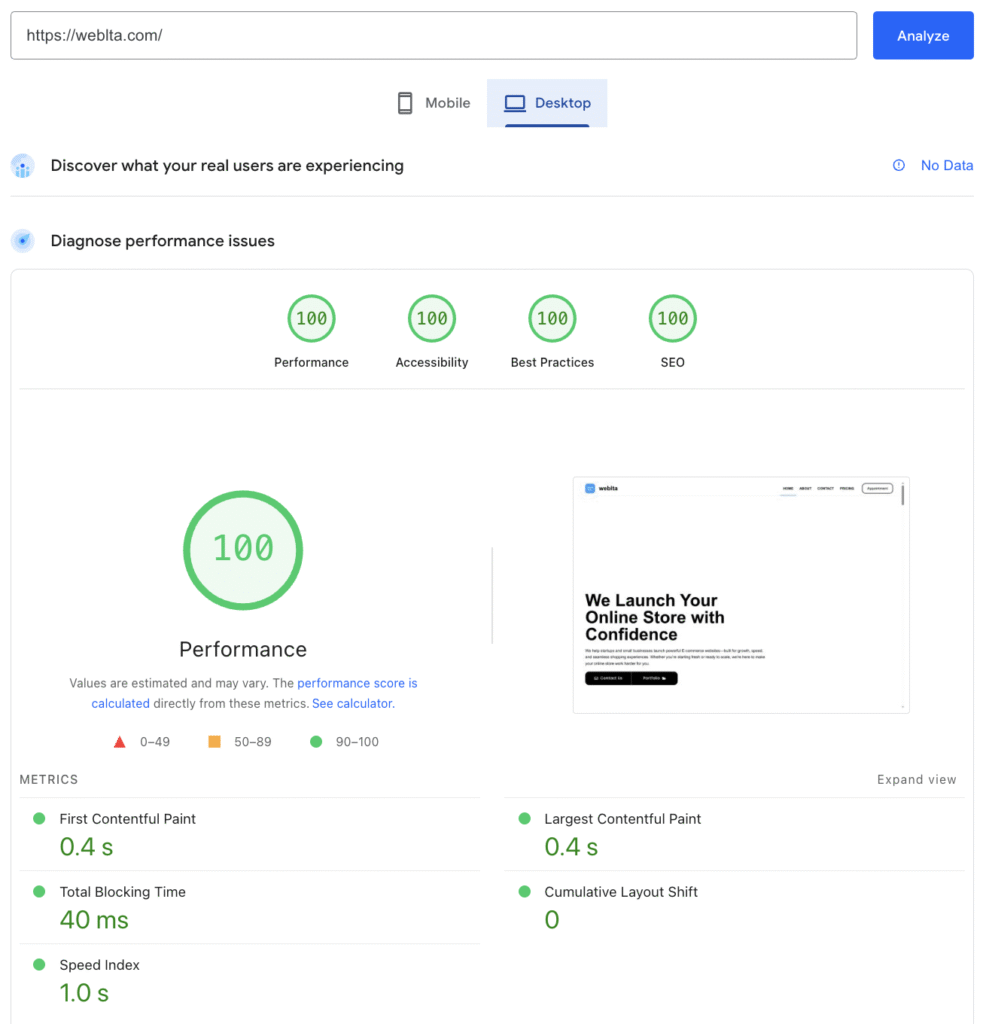
Alt text: Infographic displaying Core Web Vitals metrics (LCP, FID, CLS) with benchmark targets and conversion impact statistics
Core Web Vitals Optimization Focus on Google’s Core Web Vitals:
- Largest Contentful Paint (LCP): Under 2.5 seconds
- First Input Delay (FID): Under 100 milliseconds
- Cumulative Layout Shift (CLS): Under 0.1
Performance Optimization Techniques
- Image compression and next-gen formats (WebP, AVIF)
- Content Delivery Network (CDN) implementation
- Browser caching strategies
- Minification of CSS, JavaScript, and HTML
- Database query optimization
Search Engine Optimization (SEO)
Technical SEO forms the foundation of your online visibility strategy:
On-Page SEO Elements
- Unique, descriptive title tags and meta descriptions
- Structured data markup for products
- Optimized URL structures
- Internal linking strategies
- Image alt text optimization
Content Marketing Integration Create valuable content that addresses customer pain points:
- Buying guides and product comparisons
- How-to articles and tutorials
- Industry insights and trends
- Customer success stories
Phase 5: Conversion Rate Optimization (CRO)
A/B Testing Strategy
Continuous improvement through systematic testing is crucial for maximizing conversions. Key elements to test include:

Homepage Elements
- Hero section messaging and imagery
- Call-to-action button colors and text
- Navigation menu structure
- Featured product placement
Product Page Variables
- Product image layouts
- Review display formats
- Add-to-cart button placement
- Related product recommendations
The ultimate A/B testing guide: Optimize like a pro (incl. 5-step guide)
Analytics and Tracking Implementation
Data-driven decisions require proper tracking setup:
Essential Analytics Tools
- Google Analytics 4 for comprehensive website analysis
- Google Search Console for SEO performance
- Hotjar or Crazy Egg for user behavior insights
- Facebook Pixel for social media advertising
Key Performance Indicators (KPIs) Monitor these critical metrics:
- Conversion rate by traffic source
- Average order value (AOV)
- Customer lifetime value (CLV)
- Cart abandonment rate
- Page load speeds
Phase 6: Launch and Post-Launch Optimization
Pre-Launch Checklist
Before going live, ensure you’ve completed:
Technical Testing
- Cross-browser compatibility testing
- Mobile responsiveness verification
- Payment gateway functionality
- SSL certificate installation
- 404 error page creation
Content Review
- Spelling and grammar checks
- Legal pages (Privacy Policy, Terms of Service)
- Contact information accuracy
- Product inventory verification
Ongoing Maintenance and Growth
A successful e-commerce website requires continuous attention:
Regular Updates and Maintenance
- Security patches and software updates
- Product catalog management
- Performance monitoring
- Backup procedures
- Customer feedback implementation
Growth Strategies
- Email marketing automation
- Social media integration
- Customer loyalty programs
- Upselling and cross-selling features
- Seasonal promotions and campaigns
Common Pitfalls to Avoid
Throughout my years of e-commerce website development, I’ve observed recurring mistakes that significantly impact conversion rates:
Design-Related Issues
- Overwhelming users with too many choices
- Poor mobile optimization
- Slow loading times
- Unclear call-to-action buttons
- Lack of trust signals
Functional Problems
- Complicated checkout processes
- Limited payment options
- Poor search functionality
- Inadequate product information
- Weak customer support integration
Measuring Success: Key Metrics and Benchmarks
Understanding what constitutes success in e-commerce helps you set realistic goals and identify areas for improvement:
| Metric | Industry Average | Good Performance | Excellent Performance |
|---|---|---|---|
| Conversion Rate | 2.86% | 3.5%+ | 5%+ |
| Cart Abandonment | 70.19% | 60% | <50% |
| Page Load Speed | 3.21s | <2s | <1s |
| Mobile Traffic | 54.8% | 60%+ | 70%+ |
| Return Visitor Rate | 30% | 40%+ | 50%+ |
The Future of E-commerce Development
As we move forward, several trends will shape the future of online retail:
Emerging Technologies
- Artificial Intelligence for personalization
- Augmented Reality for product visualization
- Voice commerce optimization
- Blockchain for supply chain transparency
Evolving Consumer Expectations
- Instant gratification and same-day delivery
- Sustainable and ethical business practices
- Personalized shopping experiences
- Seamless omnichannel experiences
Ready to Build Your High-Converting E-commerce Website?
Creating a successful online store requires more than just technical skills—it demands strategic thinking, user experience expertise, and a deep understanding of consumer psychology. The difference between a website that merely exists and one that drives significant revenue lies in the details of implementation and ongoing optimization.
At Weblta, we’ve helped businesses across various industries build e-commerce websites that not only look professional but deliver measurable results. Our comprehensive approach combines strategic planning, cutting-edge design, and performance optimization to create online stores that convert visitors into loyal customers.
What sets our e-commerce development apart:
- Data-driven design decisions based on proven conversion principles
- Mobile-first development ensuring optimal performance across all devices
- Comprehensive SEO integration for maximum organic visibility
- Ongoing optimization and support to continuously improve performance
- Transparent reporting and analytics to track your success
Whether you’re launching your first online store or need to revamp an existing e-commerce website, we’re here to help you build a platform that drives real business growth.
Ready to get started? Contact us today for a free consultation and discover how we can help you build an e-commerce website that converts. Let’s discuss your goals, analyze your competition, and create a custom strategy that positions your business for online success. Schedule Your Free E-commerce Consultation →




